Why the world's best watches may come from Japan...
Switzerland has the premiere watchmaking reputation, but Japan offers a home-grown contender for the crown.
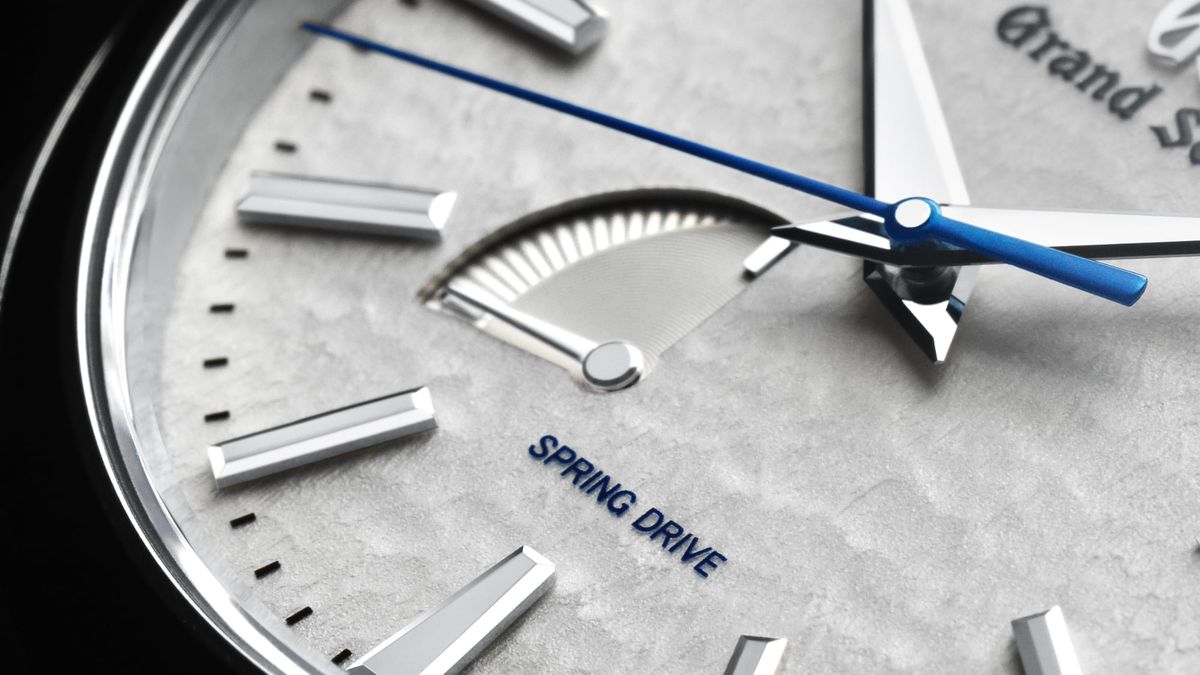
There's a lot to love about Japan. A relatively zippy 10 hour flight time from Australia, minimal jet lag thanks to the relatively close timezone, and culture, sights and food famous the world over.
Perhaps a little more surprisingly, Japan is home to some of the finest watches in the world. And while several notable brands call Japan home, the most significant is Seiko.
In fact, I'm confident taking it one step further, and saying that Seiko among the most significant watch brands in the world – with history, innovation and a design and production capacity that few, even in the Swiss Alps, can rival.
Before we dive into a few of those details, a word on names, as there's a few of them on the dials I'm talking about. Namely Seiko, Grand Seiko and Credor.
These are separate brands united under the broader Seiko umbrella and values.
Seiko founder Kintaro Hattori founded the Seikosha watch factory in 1892 and released its first pocket watch in 1895.
Hattori-san moved onto wristwatches in 1913 with the 'Laurel', and, in 1924 the first Seiko-branded watch. From this point on, Seiko's commitment to achieving the perfect, precise watch hasn't faltered since.
Observatories, quartz and the digital future
Before quartz watches (more on that in a minute) came along, the traditional measure of timekeeping accuracy was undertaken by independent scientific observatories, where watches were evaluated and ranked.
For competing brands, it was a point of pride and important business.
Some of the most prestigious observatory trials were run in Switzerland, and Seiko first entered a movement in the Neuchâtel tests in1963.
The firm entered more movements over the next few years, gradually rising up the leader boards until, in 1967 the two Seiko makers ranked as the second and third-placed manufacturers, after Omega.
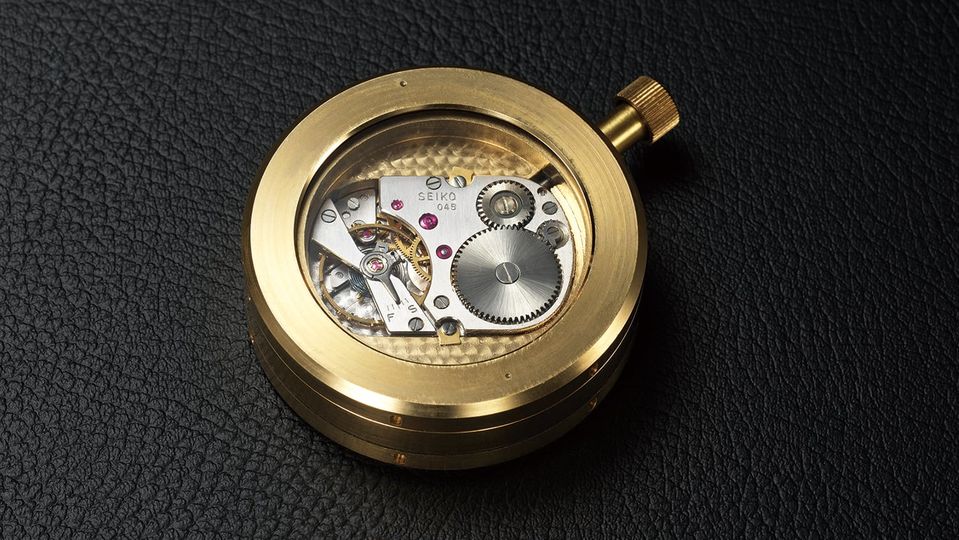
Seiko never did any better in Neuchâtel because the year after, the tests were cancelled. So in 1968 Seiko moved to the Geneva tests, and took every spot from 4-10.
In 1969 the Geneva observatory cancelled its contests too, with the consensus being that the proud and insular Swiss weren't ready for some Japanese upstarts to beat them at their own game.
In 1969 Seiko upped the ante once more, releasing a watch that started a revolution – the Seiko Astron, powered by an ultra-accurate quartz movement.
Miniaturising this technology, which uses the oscillations of a tiny quartz crystal to allow for accuracy within hundredths of a second, laid the groundwork for the future not just of watches, but in many ways, of the digital age in general.
Keeping it in the house
On their own, these innovations would be significant, but what makes Seiko more remarkable is the sheer scale of their operations.
Of course, Seiko's affordable offerings are well known, but the watches of Grand Seiko and Credor compete not just on value, but also quality.
In part, this is because virtually everything that goes into a Seiko watch – from the obvious elements like the case and dial, through to the crystals used in quartz watches and even the programming of the complex CNC machines – is done by Seiko itself.
It's far more common for these elements to be outsourced, and the level of control Seiko has over its own production means it is one of the most vertically integrated watch manufacturers in the world, rivalled only by the likes of Rolex and Patek Philippe.
Pure as the driven Snowflake
An essential part of this production is the work Seiko's craftspeople put into the assembly and finishing of the watches.
And it's here where the watches of Grand Seiko, for example, really stand out from the pack.
Perhaps the most famous Grand Seiko watch is the so-called 'Snowflake', more properly known as SBGA211. For many, this watch encapsulates everything that makes the brand special.
The movement is a 'Spring Drive', yet another Seiko innovation that harnesses mechanical, magnetic and electric power for precise, perpetual timekeeping, cocooned in a titanium case with famously sharp 'Zaratsu' finished edges and a mirror-like polish.
The details of the dial match the technique of the case. It's here where the watch gets its wintery nickname, as the pressed and delicately lacquered dial bears a more than passing resemblance to a fresh field of snow.
And while it's easy to be drawn into that soft expanse, pay attention to the clarity and structure of the hands and hour markers, which are incredibly precise and fine in their hand-finished detail.
Now, I should be clear that the Snowflake isn't a particularly unusual watch in Grand Seiko's catalogue – except perhaps for its enduring popularity and catchy nickname.
Instead, it's a watch that is emblematic of the Japanese brand's approach. It's a watch that aims to offer clarity and precision above all else: a watch where everything is considered, and nothing is an afterthought.
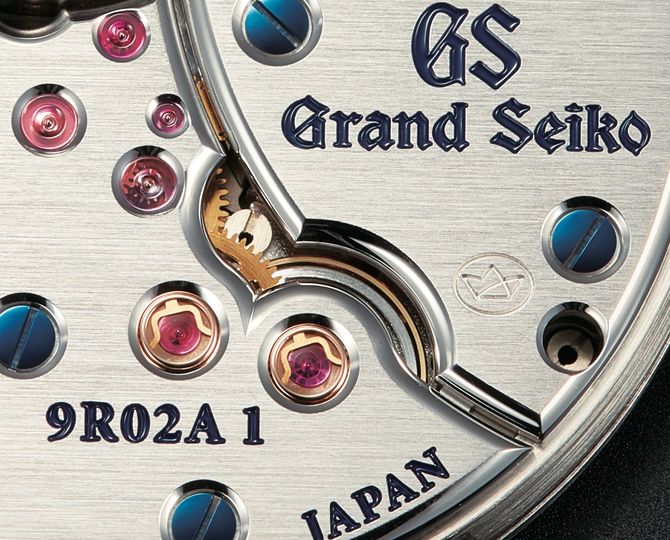
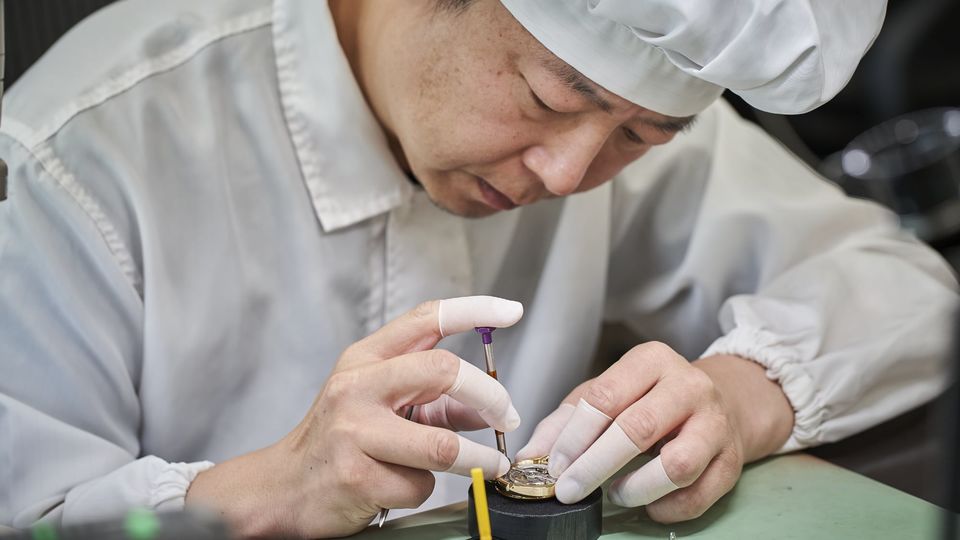
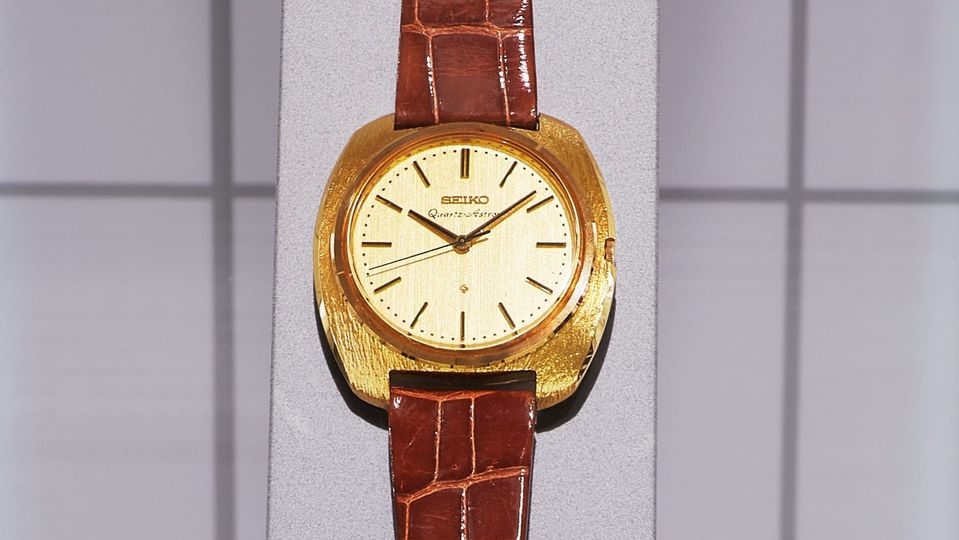
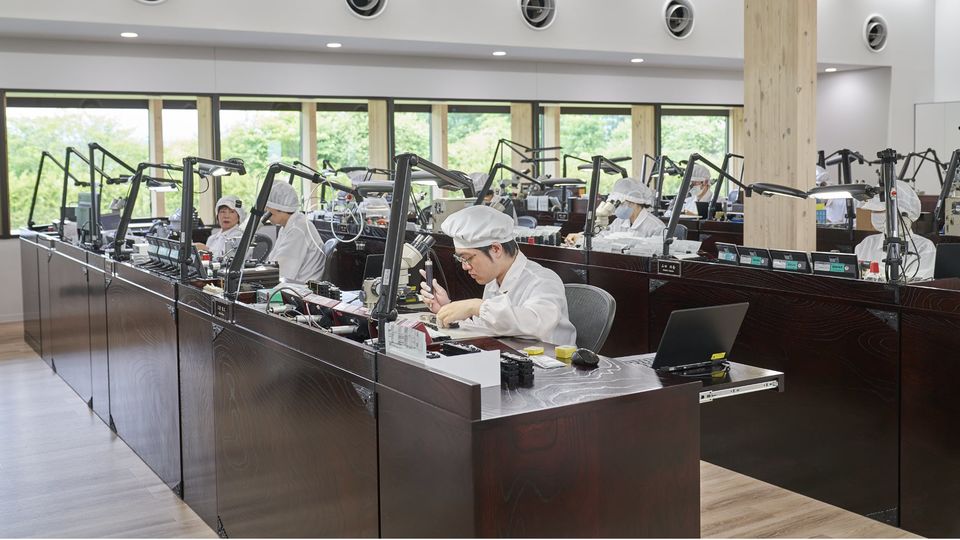
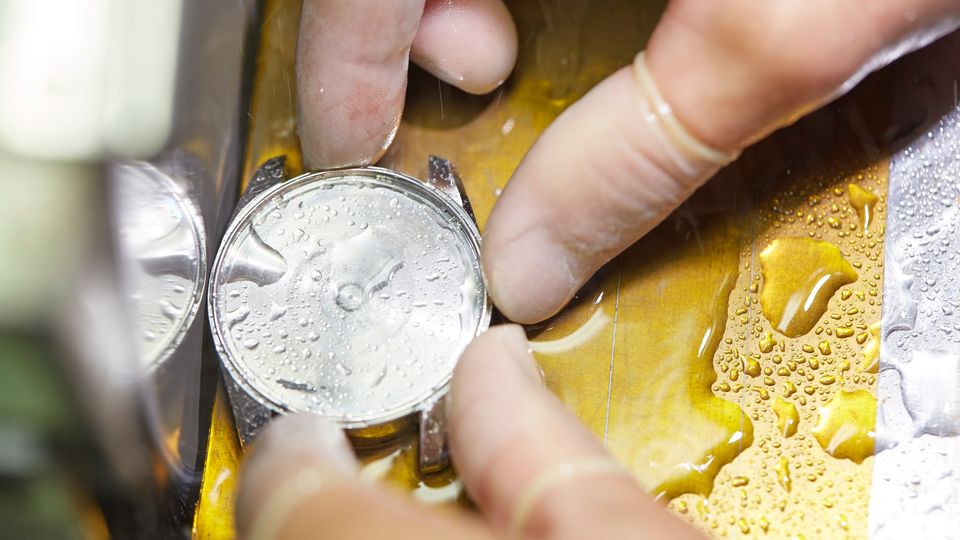
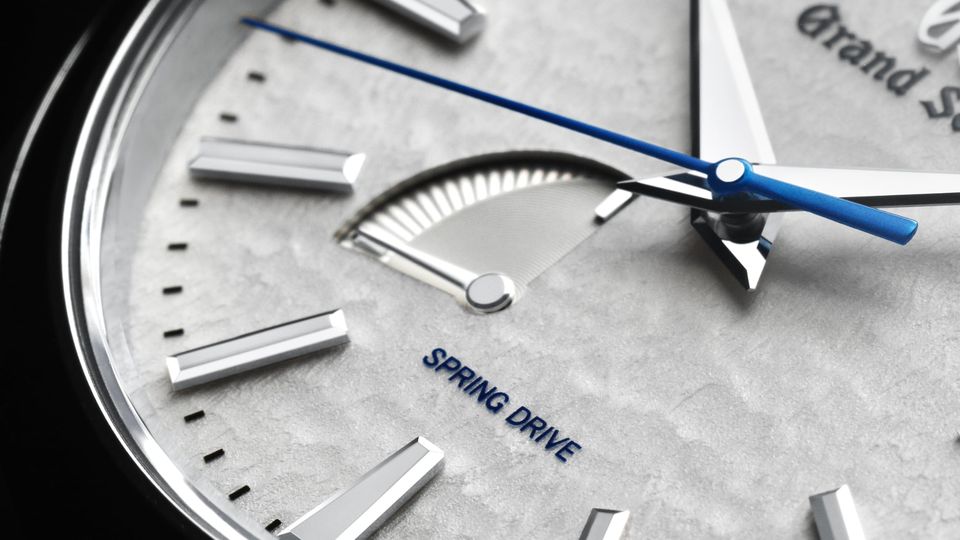
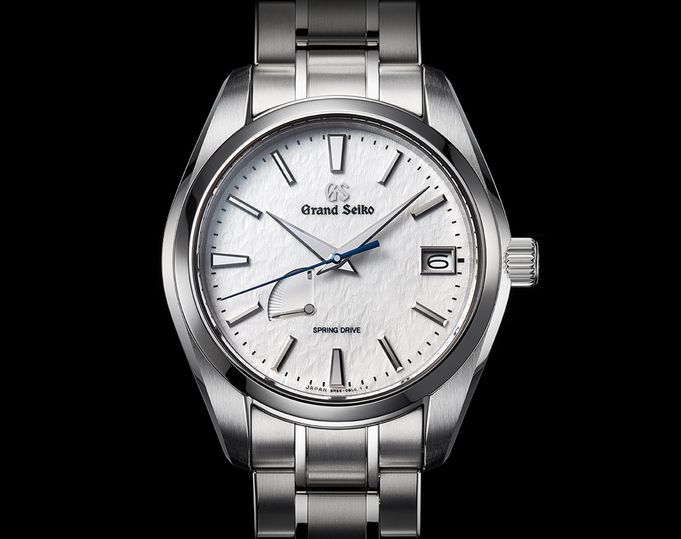

Hi Guest, join in the discussion on Why the world's best watches may come from Japan...